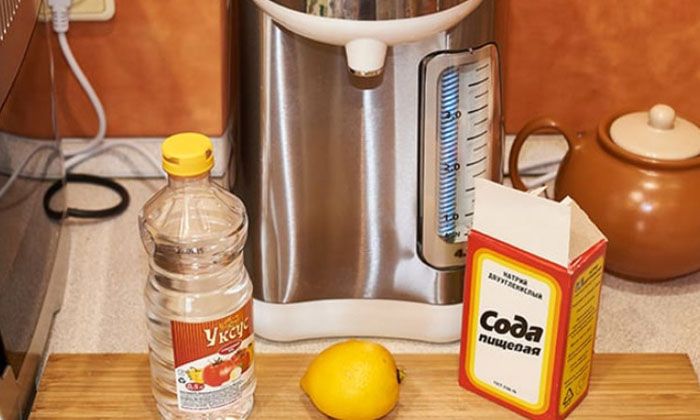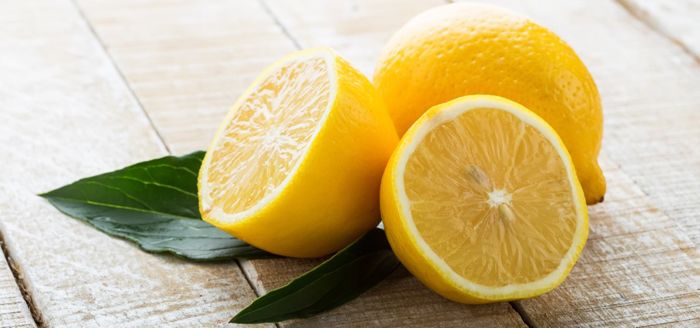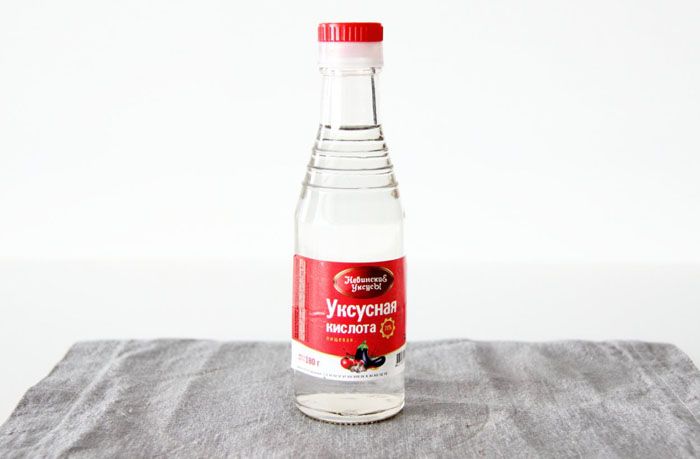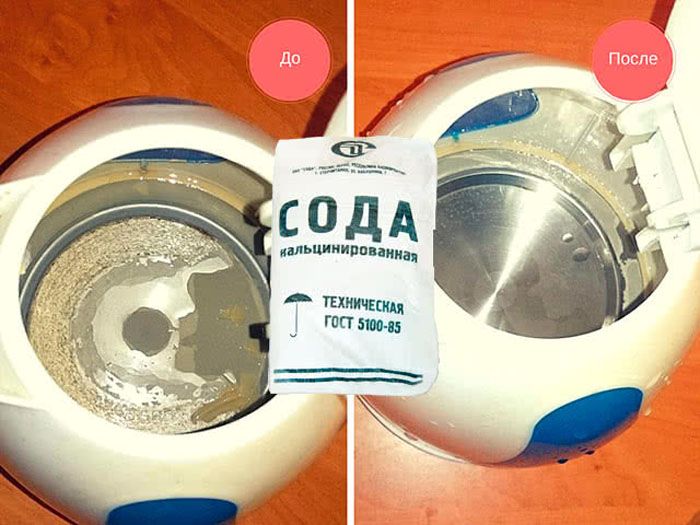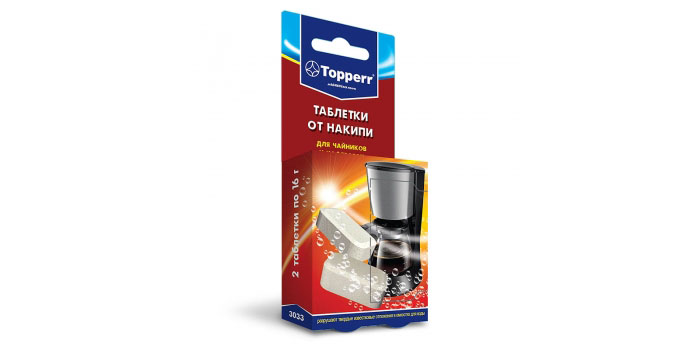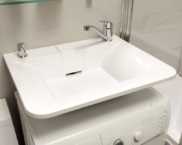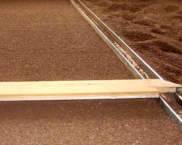How to effectively descale your kettle: proven methods
Every housewife wants her kitchen to be clean and tidy, and not in the last place is the question of cleaning kitchen utensils from carbon deposits, grease and scale. Everyone knows how to remove grease, carbon deposits and other types of contamination from the outer surface, but not everyone has heard how to deal with scale formed when boiling water, so expert advice in this matter will be useful. The reasons for education and how to descale a kettle at home using folk methods, as well as using household chemicals, the nuances of work and the prevention of education - this is the topic of this article homemaster.techinfolux.com/en/.
The content of the article
- 1 Causes and consequences of scale formation
- 2 Descaling the kettle at home using folk methods
- 3 Household chemicals for descaling
- 4 How to descale an electric kettle - the nuances of the process
- 5 The better to descale an enamel kettle
- 6 The better to remove scale in a stainless steel kettle
- 7 Preventing the formation of limescale in the kettle
- 8 Video: How to descale a kettle? Checking folk ways to combat scale
Causes and consequences of scale formation
Scale is the deposits of chemical elements belonging to the group of crystals such as calcium and magnesium carbonate, bicarbonate and other substances formed as a result of a chemical reaction when water is heated.
This process takes place as follows:
- when heated, magnesium and calcium bicarbonate contained in water decomposes;
- upon decomposition, bicarbonates form carbonates with a lower degree of solubility;
- a sediment is formed, which is concentrated on the inner surface of the container, where the water is heated.
The process and rate of scale formation are determined by the degree of water hardness, its chemical composition.
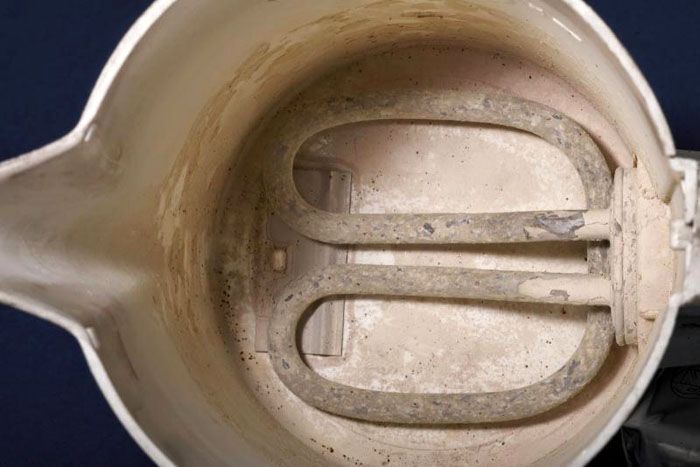
The presence of scale on the surface of the heating elements of the electric kettle increases the time of heating the water in it
The presence of scale on heat exchangers, which include kitchen utensils, leads to a number of negative consequences, such as:
- heat exchange processes in places of its presence deteriorate, which leads to an increase in the consumption of electrical energy (when using heating elements and electric stoves) and gas (gas cookers);
- the resulting sediment clogs the holes that serve for the passage of water when pouring, which leads to inconvenience of use;
- the processes of destruction of metal elements that make up household appliances and dishes, caused by their corrosion, are accelerated;
- gaskets found in household appliances (electric kettle, pressure cooker, coffee maker, etc.) lose their elasticity and may collapse.
Descaling the kettle at home using folk methods
The fight against scale that forms on the inner surface of dishes during boiling water began to be dealt with long before there were special detergents intended for these purposes. There are several folk methods for descaling, and housewives still use all of them, we will consider all of them as they become popular and in demand.
Using citric acid
Citric acid is sold in any grocery store, so it's easy to get it. With her help can be cleaned light to medium soiled surfaces. To prepare a cleaning solution, you will need:
- water - in the required volume of a kettle or other cleanable dishes;
- lemon acid - at the rate of 1-2 teaspoons per 1 liter of water.
The cleaning solution is poured into a container to be cleaned and then brought to a boil. In case of severe contamination, boiling should be repeated one more time, after which the dishes should be rinsed and boiled again, but with clean water.
If there is no citric acid on hand, but there is fresh lemon, then you can use it. In this case, for 1 liter of water, its half will be quite enough, which can be put into the prepared solution and together with it, boil or squeeze out the juice - and boil without it.
With vinegar
Vinegar, like citric acid, is also always in stock at a zealous housewife, so its use for descaling is a fairly widespread method of removing it. Vinegar is used for varying degrees of soiling, from the least to the most severe, where the scale can be significant. To prepare a cleaning solution, you will need:
- water - in the required amount;
- table vinegar - at the rate of 150-180 ml per 1 liter of water or 1-2 tablespoons of vinegar essence.
The prepared solution is poured into a kettle (saucepan) and brought to a boil, after which boiling continues for a certain time, depending on the amount of scale.
On average, this period is 20–45 minutes. When boiling, you should control the process of detachment of scale from the walls of the dishes (kettle), and if it has not completely come off, then do it mechanically after the solution is drained. After removing the sediment, the dishes must be thoroughly washed and boiled with clean water 1-2 times to remove the vinegar residues from the inner surface of the dishes.
Using soda
Baking soda is not as popular as it used to be, however, it is a cheap substance that can be used to remove sediment from boiling water in dishes made of various materials (metal, plastic, ceramic, glass, etc.) ).
To prepare the solution, you will need water and soda, at the rate of 1 tablespoon of soda per 0.5 liters of water. The prepared solution is poured into a kettle, after which it is brought to a boil, which is maintained for 30 minutes. This is followed by rinsing and boiling with clean water.
This option is well suited for processing metal dishes (enamelled and food grade aluminum). For an electric kettle made of glass or plastic, you can do a more gentle cleaning. In this case, after boiling, the kettle is turned off, and time is given for the solution to cool naturally, after which the inner surface is washed and the plaque is removed.
With carbonated drinks
It may seem strange, but with the help of the well-known "Coca-Cola" and "Sprite", as well as other carbonated drinks, you can also descale the kettle.

Using carbonated drinks is an original way to remove plaque, which is suitable for dishes made of plastic and stainless steel
This is due to the fact that soda contains citric acid, which has an effect on the sediment, the effect of which was described above. For this kind of use, beverages without dyes are best. otherwise, the color of the dishes may change during processing. Before starting to use, it is necessary to release the gas contained in the drink as much as possible, and then pour it into the kettle, without filling it completely. The soda is brought to a boil, after which it is drained, and the dishes being processed are washed.
Using brine or oxalic acid
The brine used for salting vegetables contains organic acids that are capable of removing salts of substances deposited on the inner surface of the kettle during use.
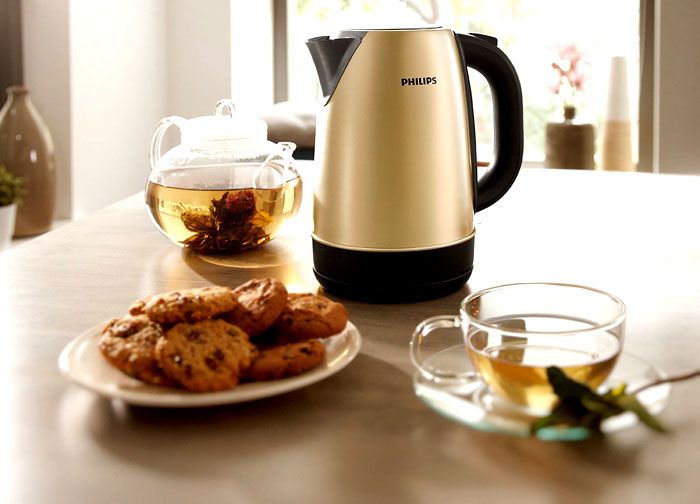
Tea is a popular tonic drink, and in order to avoid odors appearing during its preparation, it is necessary to monitor the cleanliness of the dishes in which it is prepared.
The brine can be used to clean dishes made of various types of metal, glass and ceramics. To carry out the work, the brine is poured into a container to be cleaned, after which it is brought to a boil and left to cool for 2-3 hours. After this time, the scale is removed with a cleaning sponge (brush), and the kettle is rinsed.
By peeling apples or potatoes
The method of using apple and potato peels for descaling dishes has been known for hundreds of years, however, it is still practiced today. In order to use this method, it is necessary to put the existing peelings of apples, pears and potatoes into a kettle, fill with water and boil. Then, lacking the cleaning used, let the water cool down, and only then drain it, and wash the cleaned kettle.
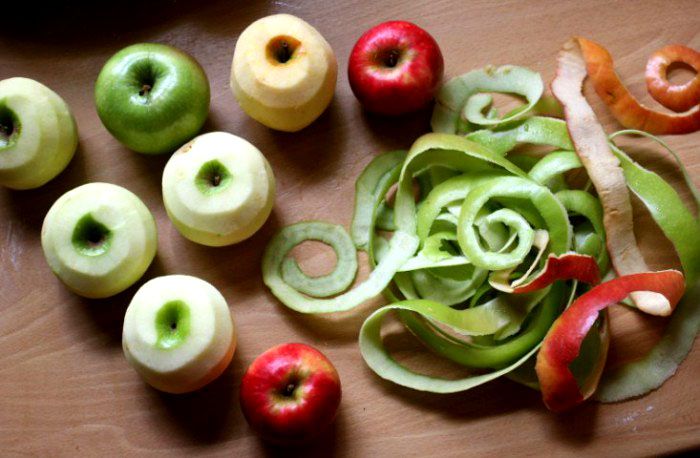
Apple peelings, which contain vitamins and organic acids, are beneficial for both nutrition and technical purposes
Important! With this method of performing work, it is necessary to use only clean cleaning, because otherwise, dirt will settle on the inner surface of the cookware being processed, which can lead to the appearance of an unpleasant odor and taste in boiled water.
This method is suitable for cleaning dishes with a slight coating of scale, made of various types of metal (enameled dishes, stainless steel, food grade aluminum).
Combined kettle cleaning with vinegar, baking soda and citric acid
This method is used in cases where there is a significant layer of scale on teapots made of various materials, with the exception of electric models, because a highly aggressive environment can damage the housing of the heating element (heating element).
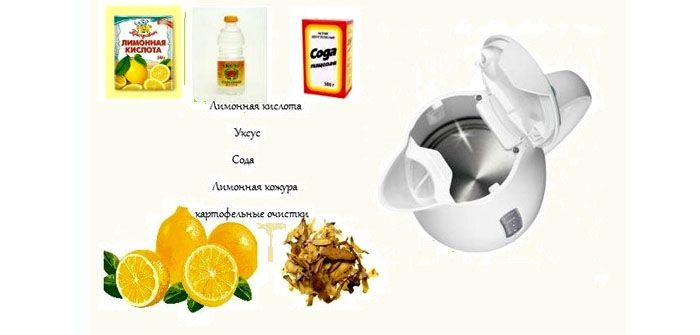
Which of the folk methods is most suitable for a particular situation, each housewife decides independently, in accordance with personal preferences and the degree of soiling of the dishes
Work in this case is performed in the following sequence:
- Water is poured into the kettle, one spoonful of baking soda is added, after which the solution is brought to a boil and boiled for 30 minutes, then drained.
- Water is poured again, to which citric acid is added (1 tablespoon) and the process is repeated.
- After the solution containing citric acid is drained, water is poured again, and 100 ml of vinegar is added to it, and this process is performed for the third time.
At the end of the three stages of the work, the scale acquires a loose structure and is removed with a cleaning sponge for dishes.
Household chemicals for descaling
With the development of technologies and the emergence of the chemical industry, detergents appeared that facilitate the work of housewives in various spheres of life, including the topic of cleaning dishes from scale.
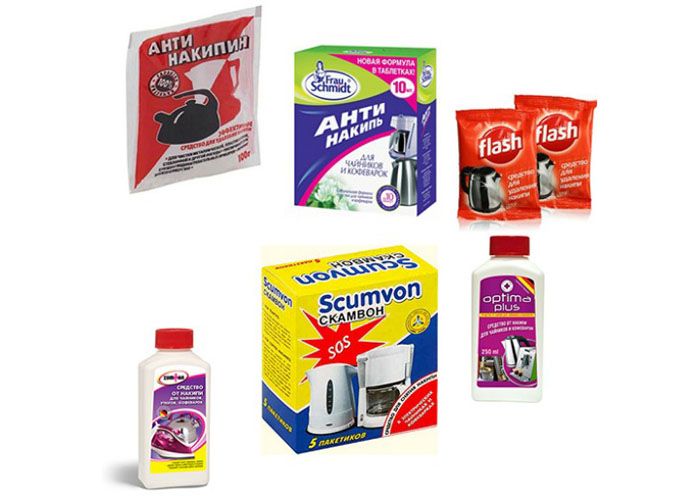
In household chemical stores, you can find descaling products from different manufacturers and in different packaging
Chemically active substances allow you to quickly remove the resulting residue, while not resorting to folk methods of performing work. The industry produces compositions intended directly for teapots and coffee makers, providing quick and high-quality cleaning of their interior. Among the detergents intended for these purposes, the most popular are:
- "Antinakipin" −produced for the purposes of a number of domestic companies located in different regions of the country;
- "Atinakum" - produced by the company "Fortuna" (Russia);
- "Scamvon" - manufactured by NPP Kvark (Moscow region);
- "FrauSchmidt" −released in the European Union (France).
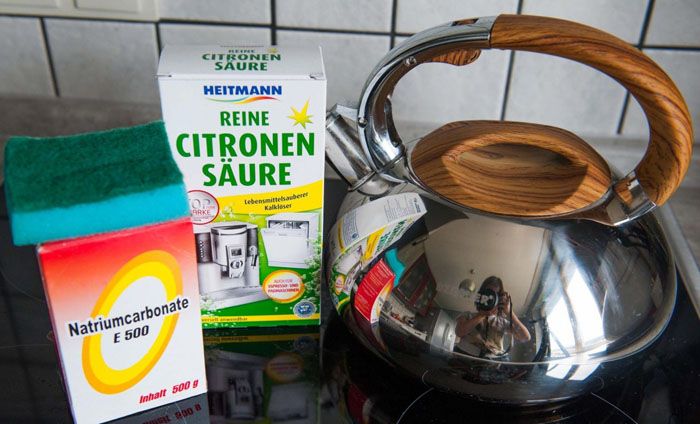
The presence of various brands of household chemicals designed for descaling allows you to choose a product in accordance with the user's financial capabilities
In addition to the above brands, a very large number of goods from other manufacturers, both from our country and from other developed countries of the world, are presented on the household chemicals market. When using such products, you must follow the instructions for their use so as not to harm the utensils used and your health.
How to descale an electric kettle - the nuances of the process
Electric kettles are made from a variety of materials: plastic, glass and ceramics. When scale forms on their inner surface, all known methods of performing work and household chemicals can be used for cleaning, with the exception of the combined method discussed above.

The combined cleaning method can damage the electrical components and is therefore not suitable for this type of kettle.
The better to descale an enamel kettle
To clean an enamel teapot, you can also use all the methods discussed, with the exception of those in which citric acid is present - this is a method with its direct use, as well as a combined method. The ban on the use of citric acid is due to its negative effect on the enamel coating.
The better to remove scale in a stainless steel kettle
To clean a stainless steel kettle, you can use all the methods discussed in this article, however, methods where citric acid is present are undesirable for this type of kettle. This is due to the fact that when citric acid acts on the metal, its surface acquires an uneven, rough structure, which, in turn, accelerates the formation of scale again.
Preventing the formation of limescale in the kettle
As preventive measures that can, if not prevent the formation of scale in the kettle, then at least reduce the amount of plaque formed, the following actions can be noted:
- when using a kettle, it is necessary to drain the water left over from the previous boiling and rinse it;
- water used for drinking should be pre-filtered using various filters, of which there are a large number of similar products on the market (from stationary models to the "jug" type);
- The kettle should be descaled regularly, depending on the type of water used and the rate of plaque formation, but at least once a month.
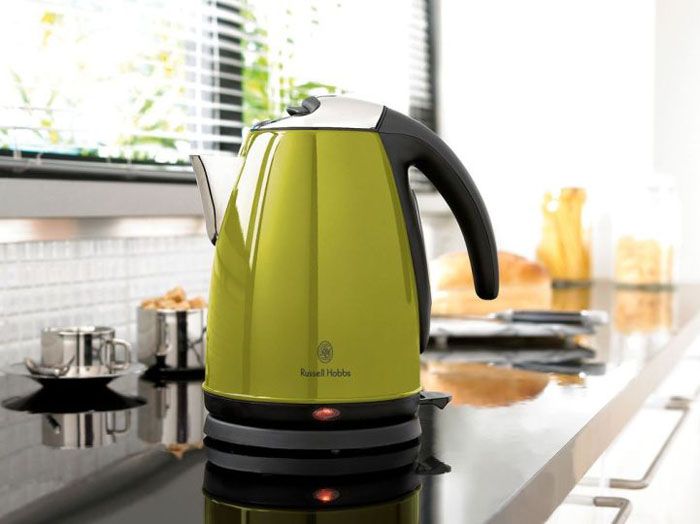
Which method to use for descaling is up to each user independently, since the variety of ways of performing work allows you to do this
Subject to preventive measures and timely cleaning of the inner surface of the kettle, the tea ceremony will only bring joy and cause positive emotions among users.




